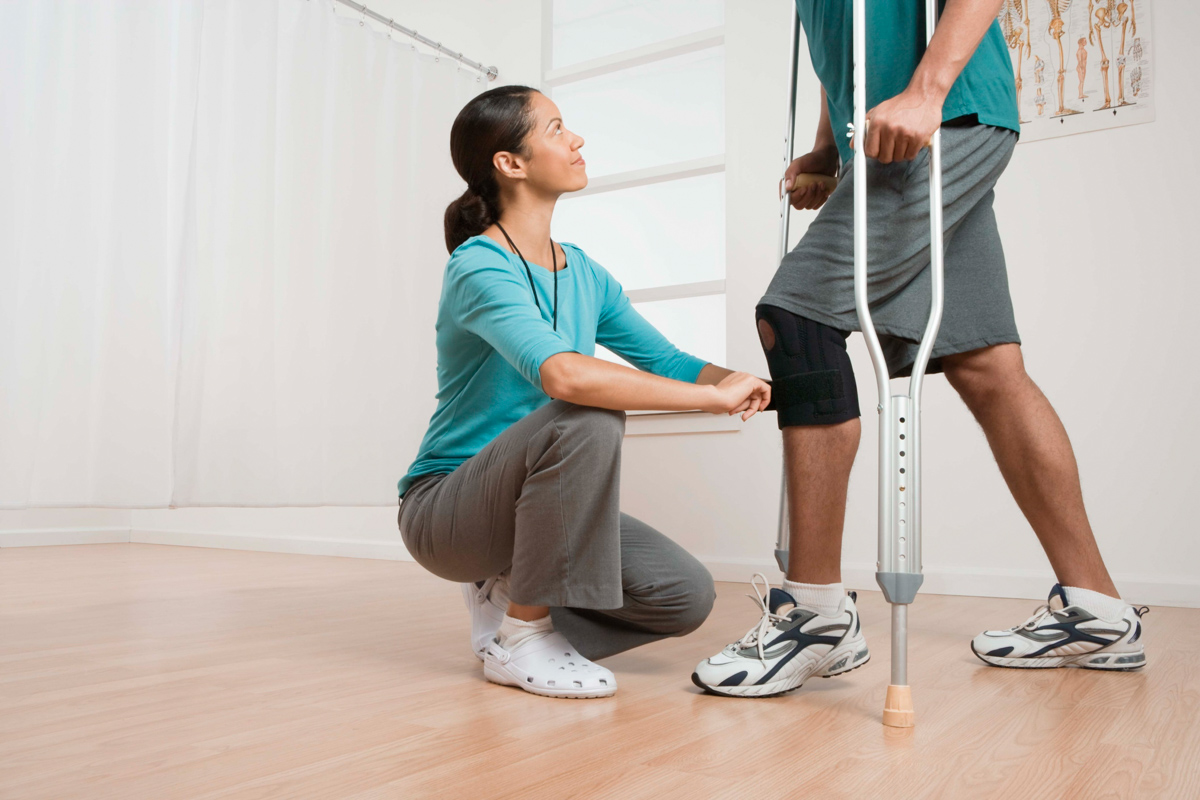Mastering a Science of Human Factors to Improve Well-being and Productivity in Work Environments
Mastering a Science of Human Factors to Improve Well-being and Productivity in Work Environments
Blog Article
Elevating this art of ergonomics is critical for implementing workspaces that promote comfort and work output. Workplace ergonomics is the study of designing work environments, tools, and functions to match the capabilities of workers. By addressing how users engage with their workspace, businesses can alleviate risk of injury and mitigate injuries. An ergonomic workspace encourages efficient movement and lessens strain, which can result in improved performance and satisfaction among team members.
One foundational aspect of ergonomics is the organization of fixtures and tools. Work surfaces should be at a height that allows workers to remain seated with their forearms at a 90-degree angle while keyboarding. Ergonomic seats should deliver sufficient support for the lower back, supporting neutral positioning. Additionally, monitors should be mounted at eye level to prevent neck strain. By verifying that these factors are properly configured, staff can copyright a neutral position throughout their tasks, reducing fatigue and enhancing concentration.
Another important factor in an ergonomic workspace is the use of appropriate technologies and hardware. This includes keyboards, pointing devices, and other devices engineered to minimize repetitive strain click now injuries. For instance, using an ergonomic keyboard can help minimize wrist pain caused by long-term typing. Furthermore, ergonomic seating and convertible desks allow employees to alternate their position throughout the day, which can ease physical stress and boost physical endurance. Allocating resources toward industry-grade ergonomic solutions can result in sustainable work habits and elevated productivity rates.
Lighting is also a vital element in ergonomic design. Proper lighting can reduce eye strain and support staff to engage with their work activities. Daylight is ideal, but if that is not feasible, using task-specific artificial lighting can assist in providing a functional atmosphere. It is necessary to avoid glaring fluorescent lights that may cause visual discomfort or fatigue. By incorporating sufficient lighting, organizations can foster an environment that advances both clarity and output.
Finally, advocating for scheduled breaks is imperative for maintaining an balanced workspace. Motivating employees to take short breaks can help alleviate bodily stress and mental fatigue. During these breaks, personnel should be advised to perform mobility exercises or walk around to support blood flow. Implementing planned break times can assist create see post a workflow that values employee wellness without sacrificing work results. In summary, mastering ergonomics in the professional environment not only boosts comfort but also supports a more sustainable work culture where employees can excel.